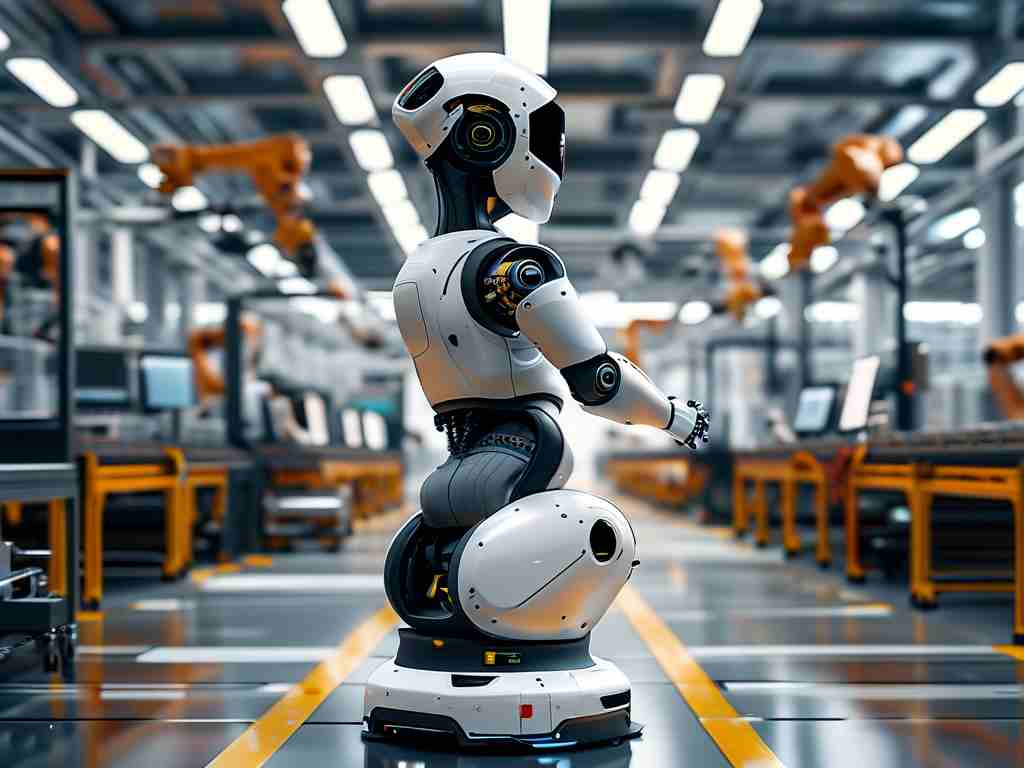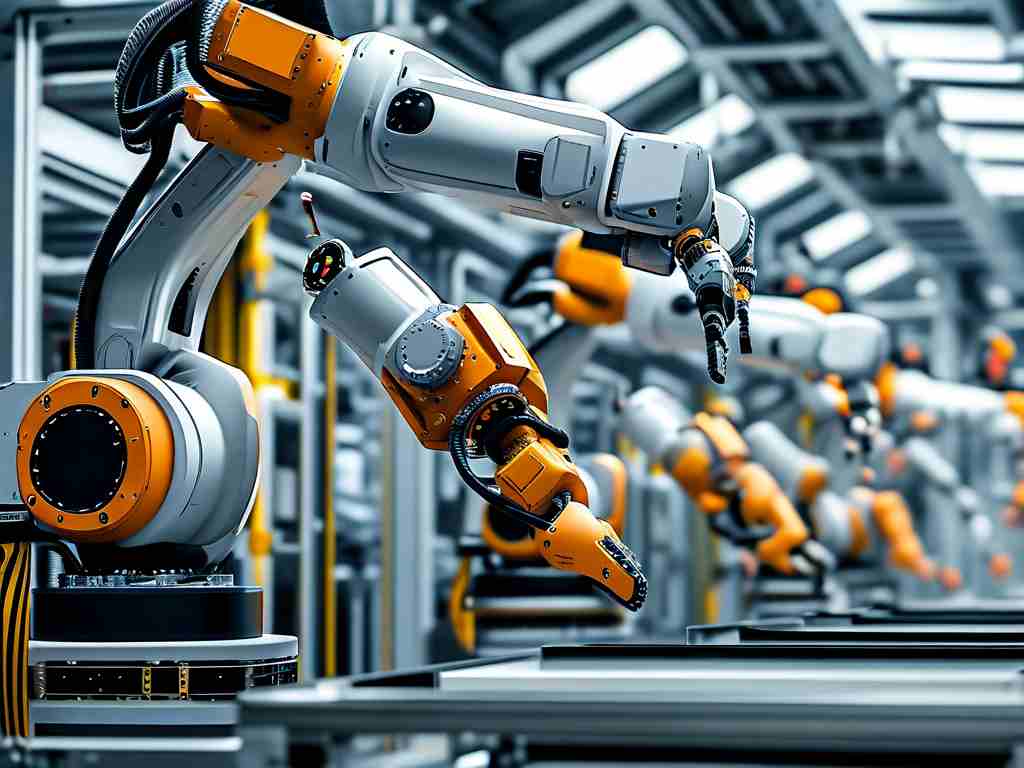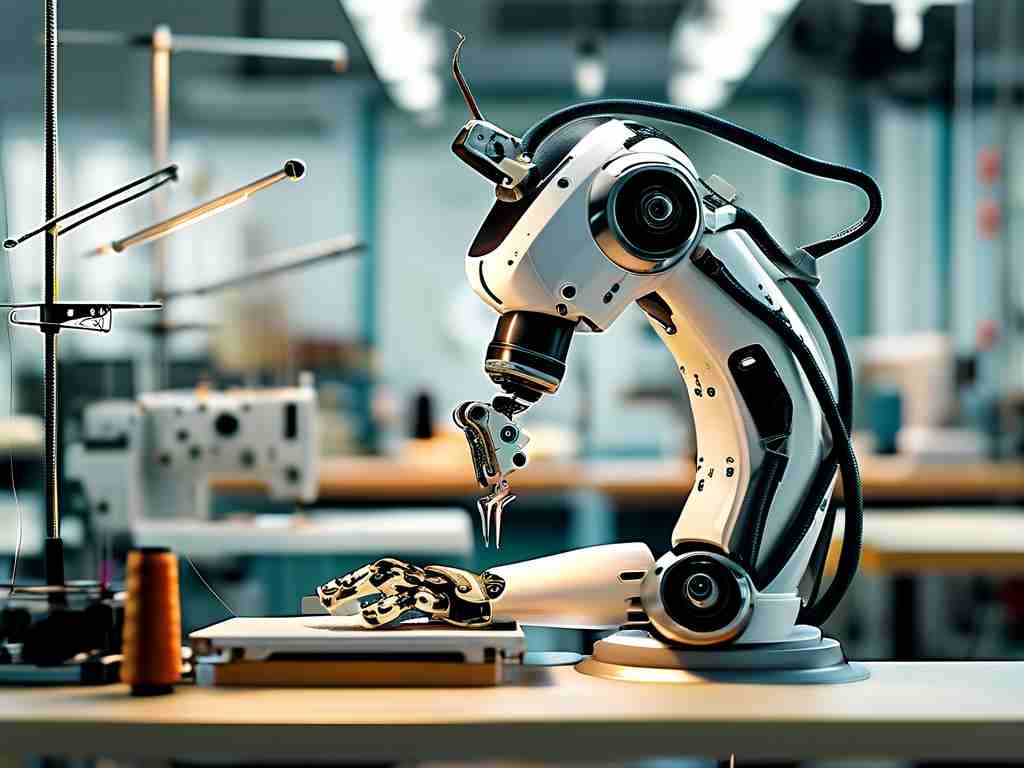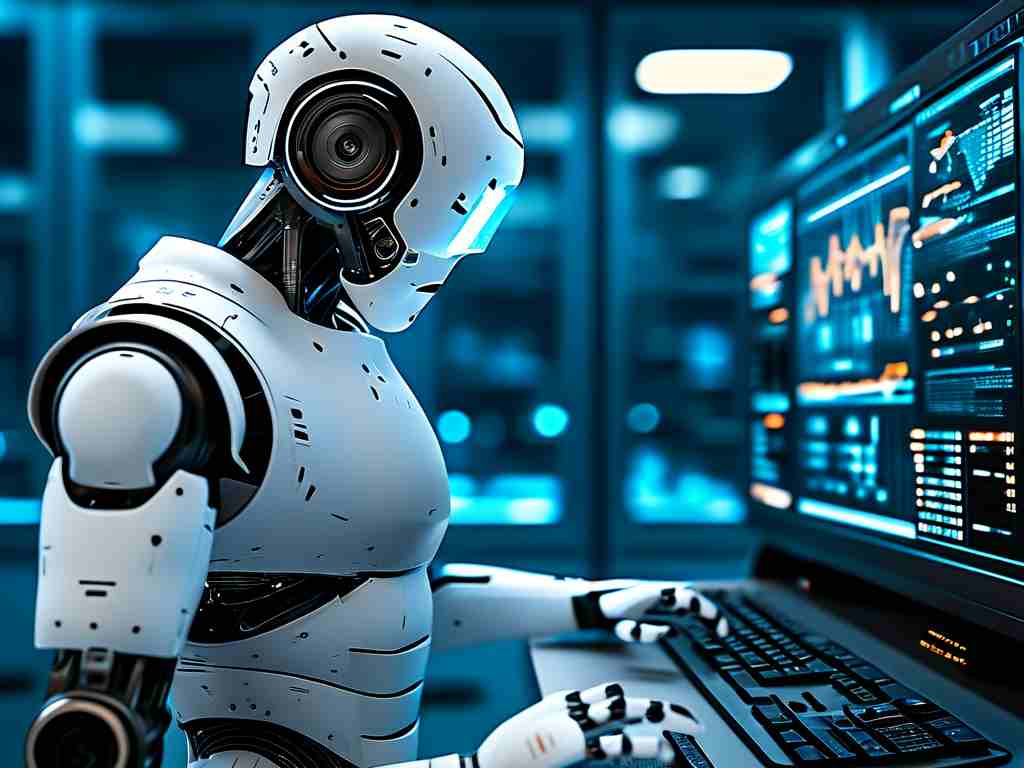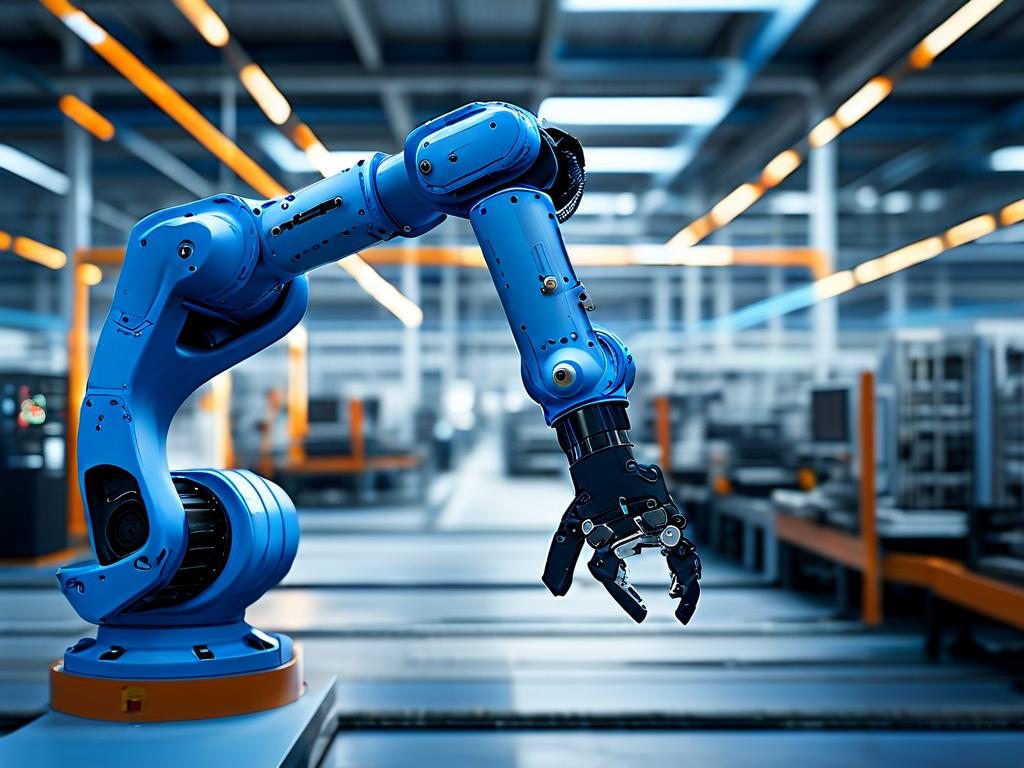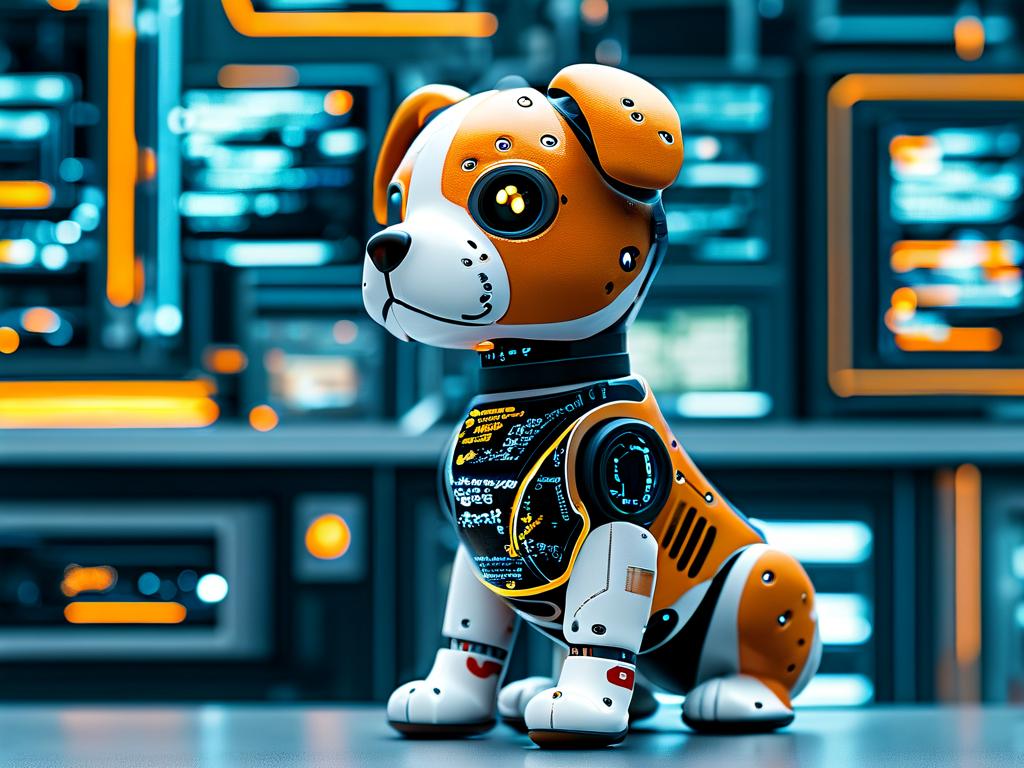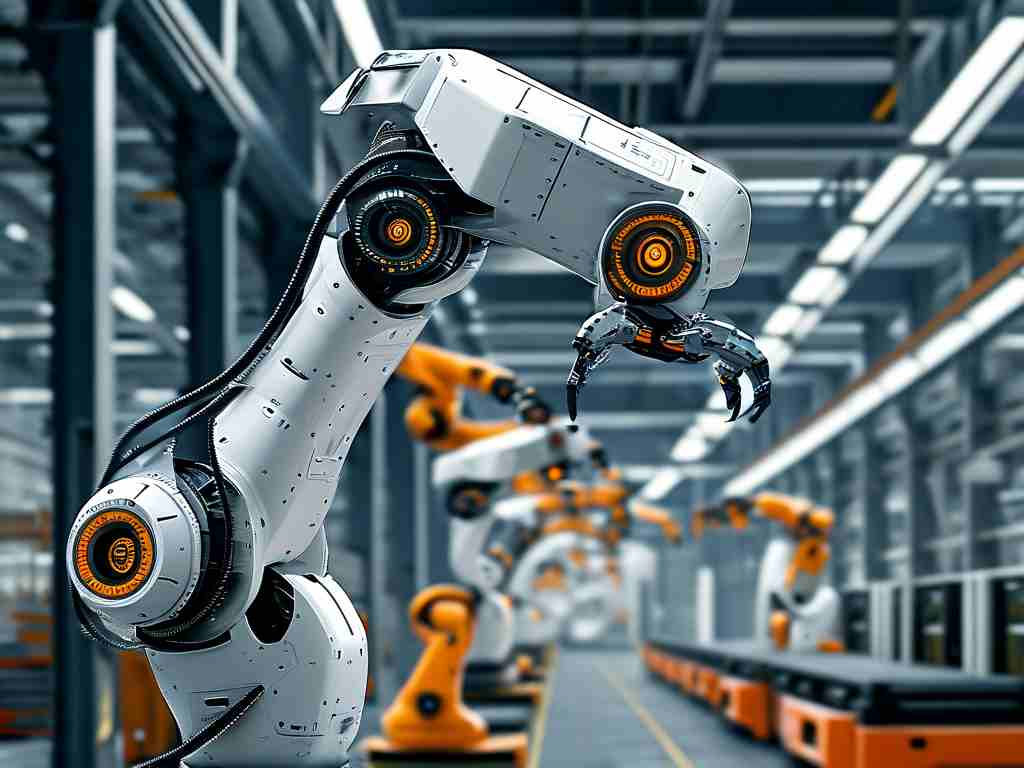The integration of robotics into maintenance and inspection processes has revolutionized industries ranging from manufacturing to energy production. As machines become more complex, traditional manual methods often fall short in efficiency and accuracy. Robotic systems now address these gaps by leveraging advanced sensors, artificial intelligence (AI), and autonomous navigation to perform tasks with minimal human intervention. This article explores the latest advancements in robotic maintenance and inspection technologies, their applications, and the challenges they aim to overcome.
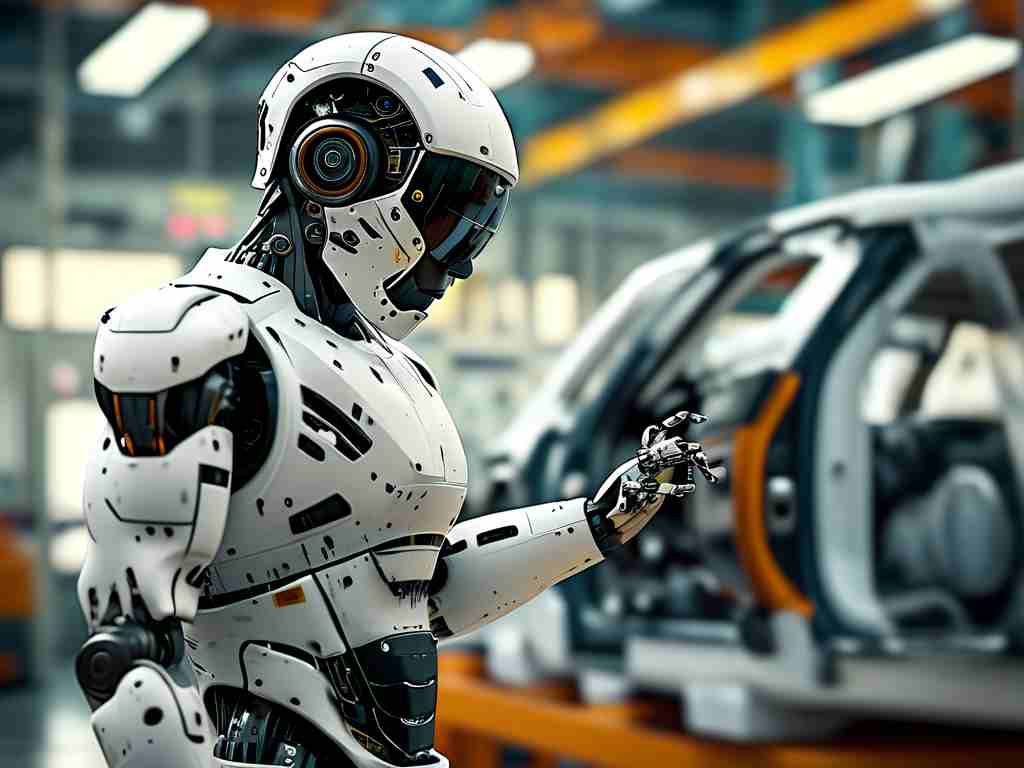
Core Technologies Driving Robotic Maintenance
Modern robotic systems rely on a combination of hardware and software innovations. High-resolution cameras, LiDAR, and thermal imaging sensors enable robots to detect anomalies invisible to the human eye. For instance, in oil and gas pipelines, robots equipped with ultrasonic sensors identify microfractures that could lead to catastrophic failures. Meanwhile, AI algorithms process this data in real time, distinguishing between normal wear and critical defects. Machine learning models trained on historical failure patterns further enhance predictive capabilities, allowing robots to recommend maintenance schedules before issues escalate.
Autonomous navigation is another cornerstone. Robots using simultaneous localization and mapping (SLAM) technology can traverse complex environments like nuclear reactors or underwater structures without predefined paths. Drones, for example, inspect wind turbine blades by autonomously adjusting flight paths based on real-time wind conditions, reducing inspection time by up to 70% compared to manual methods.
Industry-Specific Applications
In the aerospace sector, robotic crawlers perform non-destructive testing (NDT) on aircraft fuselages. These devices use eddy current testing to identify subsurface cracks in aluminum alloys, ensuring compliance with stringent safety standards. Similarly, in the automotive industry, collaborative robots (cobots) work alongside technicians to diagnose electrical faults in electric vehicles. By integrating with onboard diagnostics systems, cobots streamline troubleshooting processes that once took hours into minutes.
Energy infrastructure also benefits significantly. Submersible robots inspect offshore wind farms, detecting corrosion on turbine foundations exposed to harsh marine environments. In solar farms, ground-based robots equipped with brush systems clean photovoltaic panels autonomously, maintaining optimal energy output. These applications not only improve operational efficiency but also reduce risks to human workers in hazardous settings.
Overcoming Technical and Operational Challenges
Despite their advantages, robotic systems face hurdles. Sensor accuracy in extreme conditions—such as high temperatures or radiation—remains a concern. Researchers are developing hardened sensor modules capable of withstanding temperatures exceeding 500°C for use in geothermal plants. Another challenge is interoperability; proprietary software often limits cross-platform data sharing. Open-source frameworks like ROS (Robot Operating System) are gaining traction, enabling seamless integration of components from different manufacturers.
Cost is another barrier, particularly for small and medium enterprises (SMEs). To address this, companies now offer robotics-as-a-service (RaaS) models, where clients pay per inspection instead of investing in expensive hardware. This approach has democratized access to advanced technologies, allowing SMEs to compete with larger corporations.
The Future of Robotic Maintenance
Emerging trends point toward even greater autonomy. Swarm robotics, where multiple robots collaborate on tasks, is being tested for large-scale infrastructure projects. For example, a fleet of drones could inspect hundreds of miles of railway tracks in a single operation, sharing data to create comprehensive condition reports. Additionally, advancements in quantum computing promise to accelerate AI-driven diagnostics, enabling near-instantaneous analysis of terabyte-sized datasets.
Ethical considerations also come into play. As robots replace human roles in hazardous environments, industries must balance efficiency gains with workforce reskilling initiatives. Governments and corporations are increasingly partnering to create training programs focused on robot supervision and data interpretation, ensuring human workers remain integral to maintenance ecosystems.
In , robotic maintenance and inspection technologies are reshaping industrial landscapes by enhancing precision, safety, and cost-effectiveness. While challenges persist, ongoing innovations in AI, sensor tech, and collaborative systems continue to push boundaries. As these tools evolve, they will unlock new possibilities for sustainable and resilient infrastructure worldwide.


